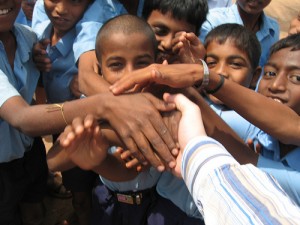A Paid Paid Vacation
10-26-13; SATURDAY
Morning
Our adventure starts at an audition. Japan Railways West is looking for a normal, average-looking middle-aged woman who will act out the role of an archaeologist traveling with her daughter through the World Heritage Sites in the mountains of Wakayama Prefecture. They especially want to highlight the ancient pilgrimage routes. It sounds intriguing, so I go to the audition. They wonder if one of my daughters is also available for this job… and before we know it, my 17-yr. old and I have been hired. Yeah, they are still thinking we are normal, so we’ll just play along.
Link to UNESCO’s page on the “Sacred Sites and Pilgrimage Routes in the Kii Mountain Range.”
We beg for a few days off of work and school and off we go. Saturday morning, Oct. 26, we are up at 5:00 am and out the door by 6:15, splashing to Tama station under a downpour ‘cuz taxis are for wimps… and people who plan ahead. We are dressed for the mountain trails, so I get to wear comfy clothes and my hiking boots.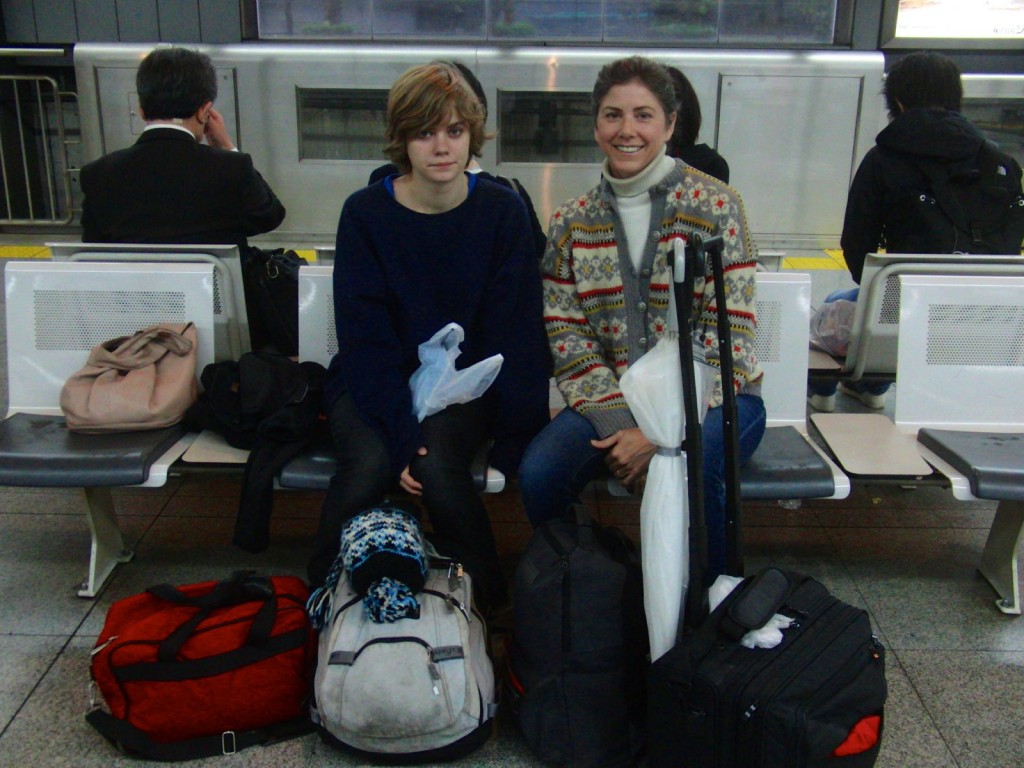
The modeling agent meets us by the Shinkansen station at Shinagawa and makes sure we get to the right platform. She is very sweet and helpful and wishes she could go on this adventure with us. We take some photos but realize that we won’t be able to make anything public until after the JR West ad campaign launches sometime next year. The agent says that they will give us an ad poster when they launch. I suddenly realize that this is not going to be images just for the website… we may run into our photos on the walls of train stations; which is kind of a creepy thought.
JR West operates the trains in and around the Wakayama Peninsula:
Now, as I write this, we are on a high-speed Shinkansen that is zipping us along under cloudy skies towards Kyoto. Flooded rice fields, swollen rivers and thickets of bamboo flash by the windows of the train. Elsa is napping with her head on the tray in front of her. We both travel light with just a few items. Most of the weight in Elsa’s bag is taken up with art supplies. I think she packed some clothes too.
Here is a link to a detailed PDF map of the area where we will be traveling in Wakayama, Nara and Mie Prefectures.
Afternoon
After a yummy lunch at Gusto where we eat with gusto, we pile back into the three vans that are carrying 13 people in order to shoot photos of 2. I don’t quite understand why this would take that many people. Later we learn that more are arriving. Huh? How are they going to find enough work for that many people, I’d like to know.
Before starting the climb into the mountains of Koyasan in Wakayama, we stop at a grocery store and stock up on fruits and nuts… and lots of bottled water. Maybe they will finally start making Elsa and me do some real work. So far, we have just been sitting and eating and practicing our Japanese skills. We’ve actually been learning a lot. Elsa is “e ni muchuu†which means “crazy about drawing.†She shows her sketch books to the stylists in the van and they are very impressed, and they know all of the manga references that Elsa gushes about. 
We arrive at a lovely ancient temple ryokan where we will spend the night in traditional Japanese-style rooms. After a quick fitting for the clothing we are wearing tomorrow for the shoot, we are given time to relax.
Since I’ve had more than enough relaxing for one day, I go for a walk and watch the glow of the setting sun light up the turning leaves above the tops of temples that line the streets. My attempt to find a trail into the forest is stymied by fallen logs, no trail and sopping wet undergrowth. I give up and stick to walking the charming tourist town streets. 
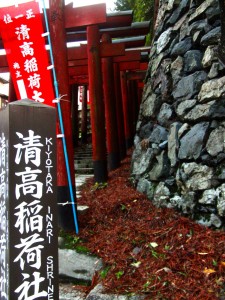
I arrive back in time for a vegetarian feast. This meal is really amazing with many beautifully arranged dishes. Each diner has a miniature nabe pot of veggies and savory mushroom bubbling over a little flame. Inside the little pot is a beautiful autumn leaf shaped out of rice flour paste. Sigh.  
We share stories about Japan cuisine attempts… like the time one of our friends sat down to a meal of soba and drank the dipping sauce (tsuyu) straight down. He apparently thought it was Coke. And the time our elderly friend, Alma, came to visit Japan and encountered wasabi for the first time. Not knowing what it was, she scooping up the mound of potent green horseradish and popped it in her mouth. Despite this shock to her system, she did live for many, many years after this surprise.
After a soak in the onsen bath I am ready to sleep. It’s only 8:00 pm, but we need to be up by 5:00 am tomorrow and out the door by 6:30 am. Elsa has shut herself in the futon closet with cozy blankets and is chatting away on her phone. Hopefully she will emerge soon so that we can get some sleep.
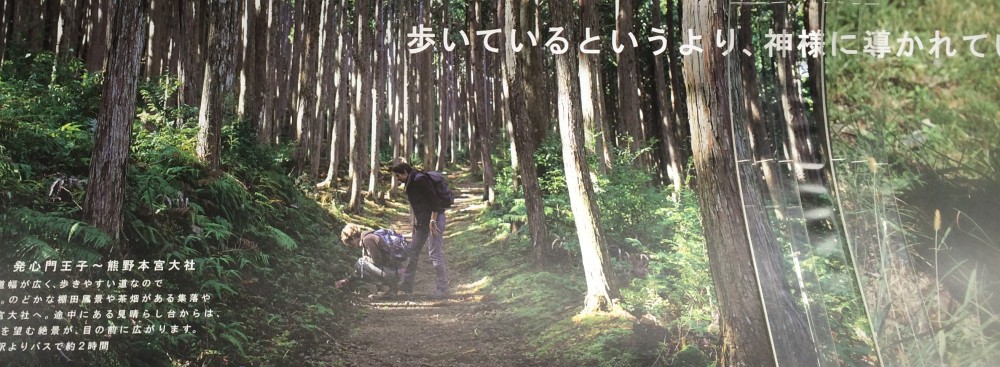

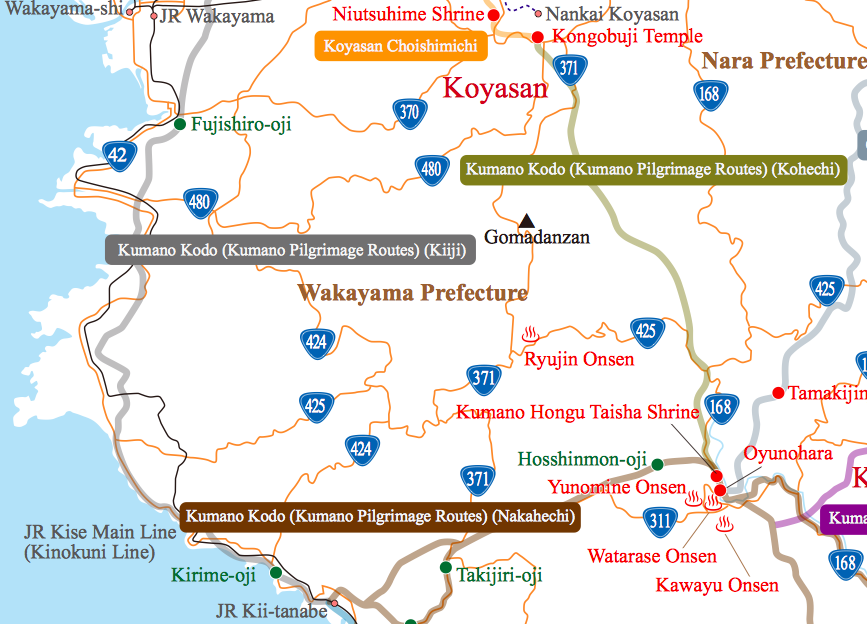

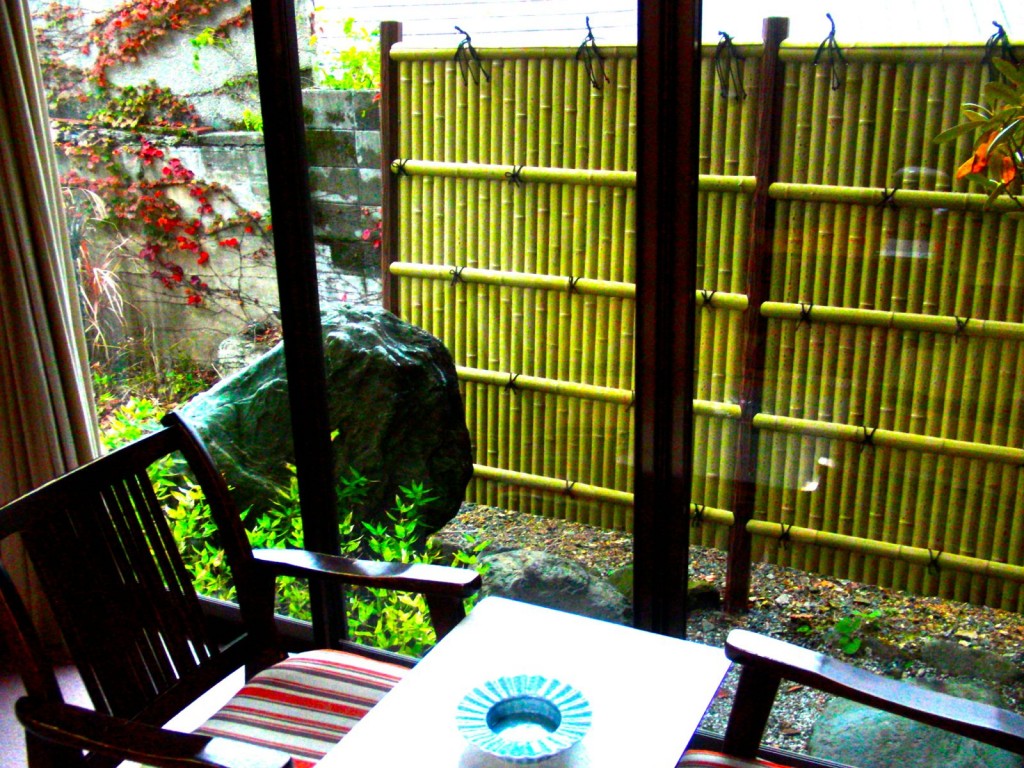

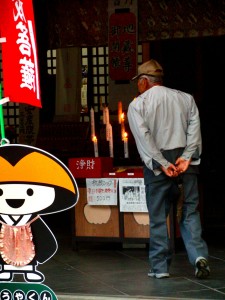
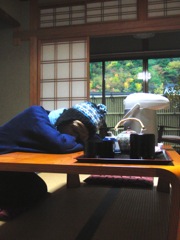
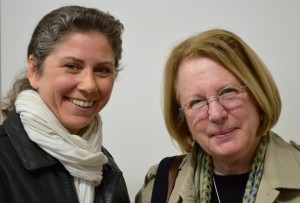
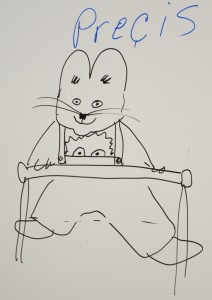
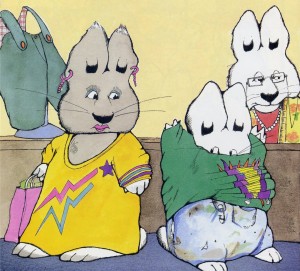
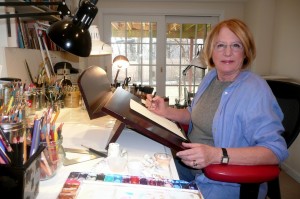
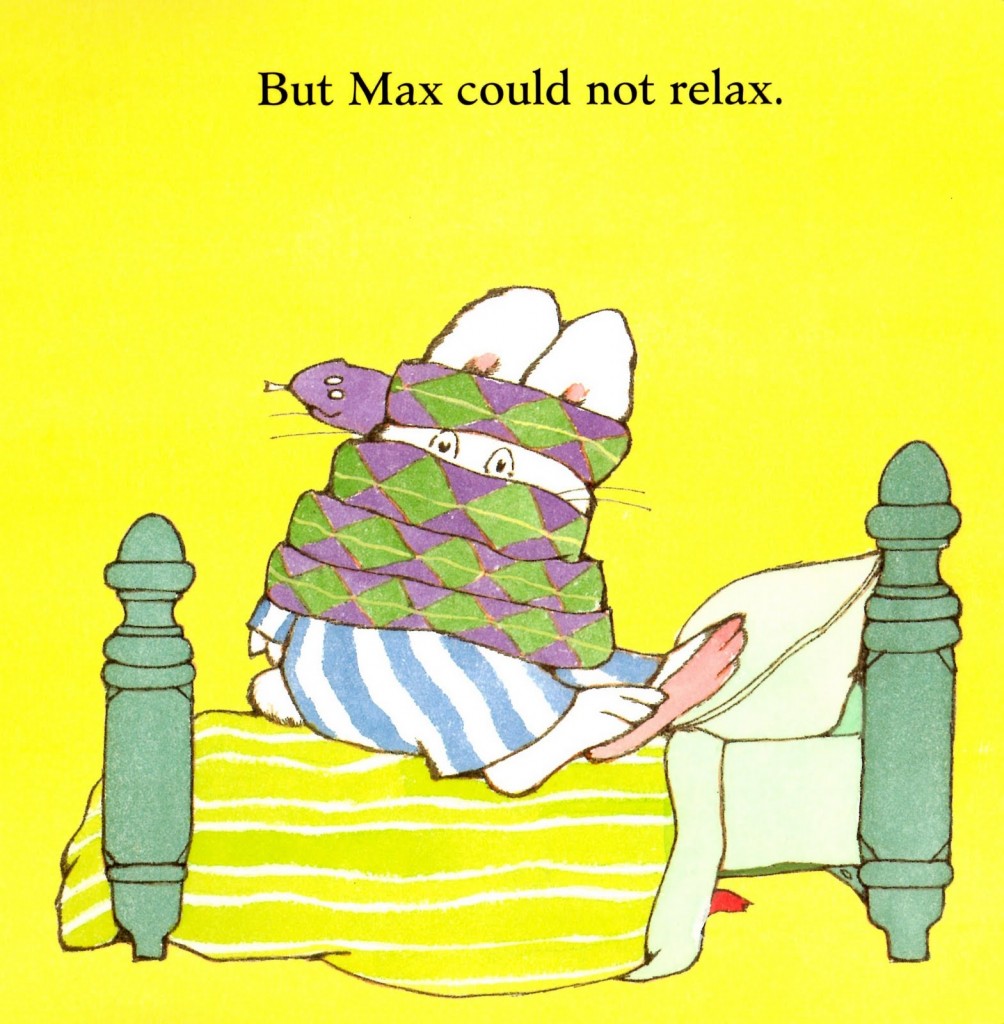
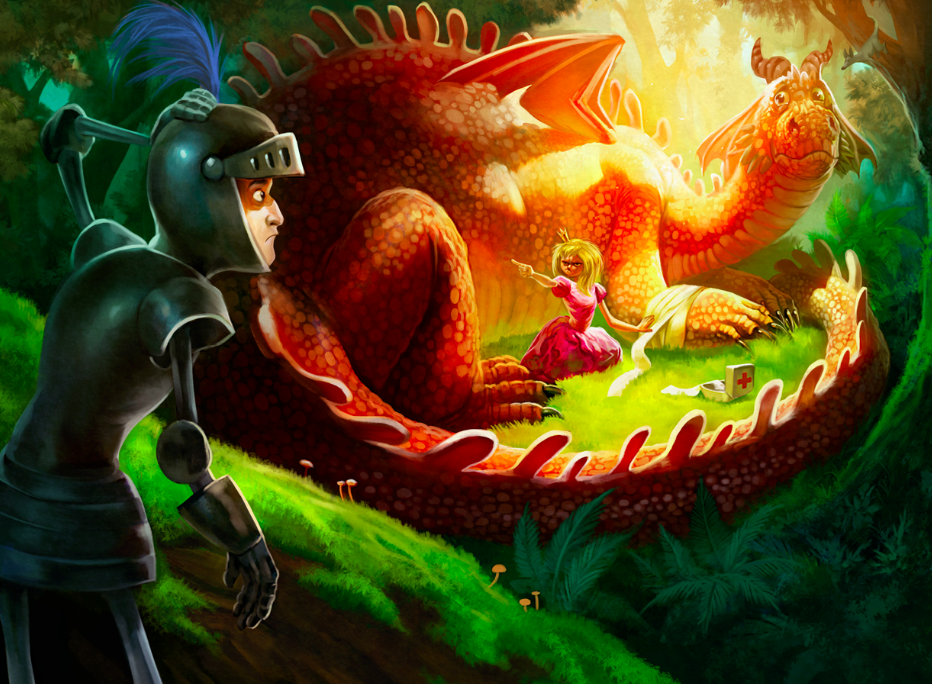
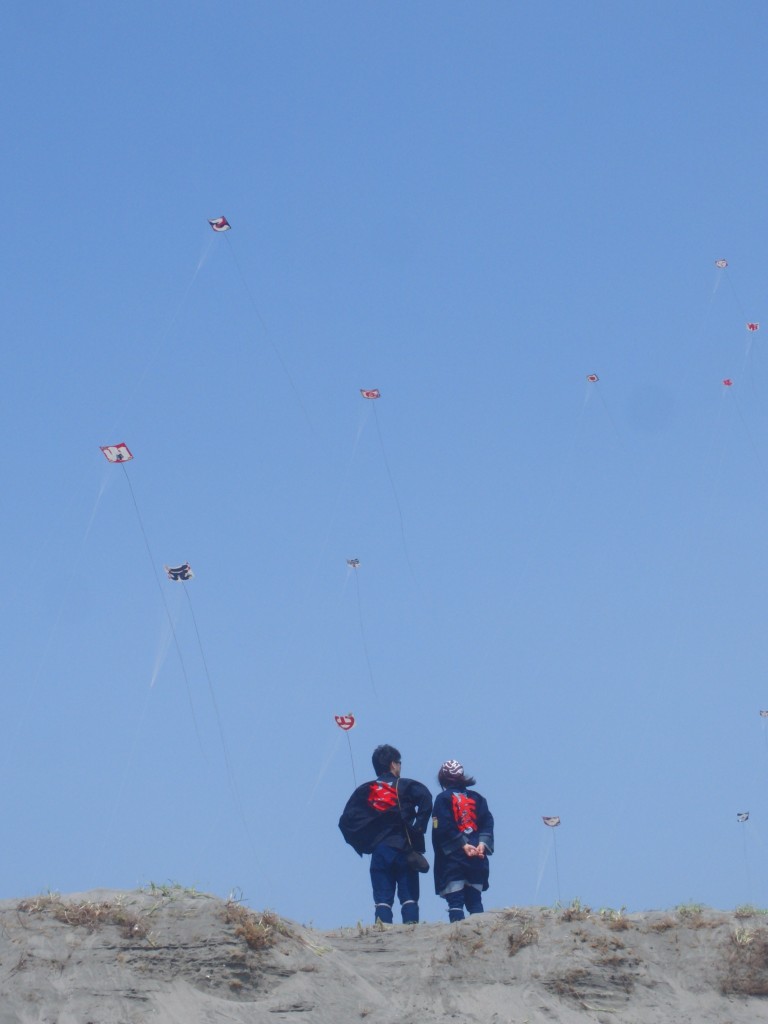










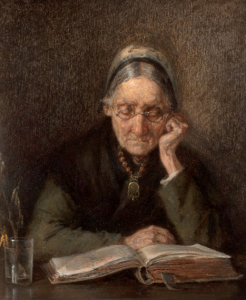

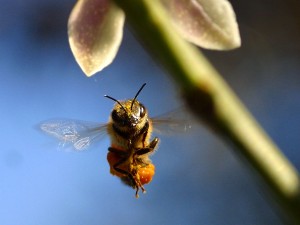










![Make the right connection... Cables [Image: Andres Rueda under CC-BY-ND licence]](http://ruth.ingulsrud.net/blog/wp-content/uploads/2012/11/cables_catland1-300x154.jpg)


